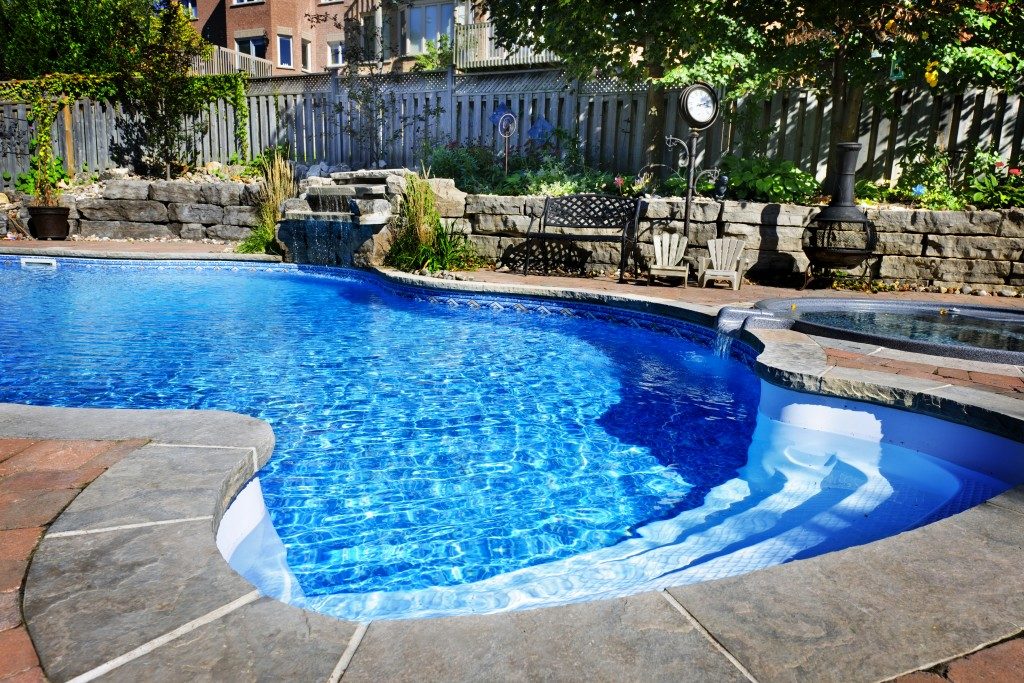Often, the most overlooked aspect of pool construction is the geotechnical or soil conditions. Families ask contractors to dig up their backyards without a second thought only to unearth unpleasant surprises, which can add up to the overall cost and stress of the project.
The soil is a vital consideration in installing swimming pools since it will serve as the support of your pool structure. You want to ensure that no underground issues will increase your expenses, impact the construction’s schedule, or manifest later on in uglier ways. So take the time to assess the properties of your soil to know if your chosen location can support a swimming pool.
The Need for Expertise
To be accurate in identifying the ground you plan to build on, hire a qualified geotechnical engineer. Soil properties can vary extremely depending on the area. So even if you’ve had swimming pool construction done before in your home in Utah, it’s a different ball game if you’re going to do it again in, for example, Washington. So it’s best to hire a local geotechnical engineer to get an accurate soil analysis.
Their job is to analyze soil samples to determine the following properties: bearing capacity, density, soil gradation, swell potential, groundwater conditions, and lateral earth pressure. From this data, they’ll make recommendations for the pool’s structural design. The three latter soil properties are especially critical in constructing a swimming pool.
Swell potential
Soil with high swell potential is known as expansive soil, which is generally made up of absorbent clay materials that shrink and swell depending on moisture content. Highly-expansive soil can undergo up to a 30 percent change in volume. Expansive soil beneath your pool structure can pose a great threat to its integrity. Even a small volume change in the soil supporting the pool frame can create movement that leads to cracking, uneven settling of the pool shell, or damage to the piping systems.
Groundwater
During the excavation process, groundwater can seep through the walls of the site and cause complications. If the water collects at the bottom of the excavation site, it can hinder the placement of the pool structure and other reinforcement materials. The buoyancy of the collected groundwater can also cause an empty pool to pop out of the ground, which may damage the pool’s structure.
If the volume of groundwater is minimal, pool builders usually place a 6 to 12-inch layer of gravel on the bottom of the excavation site with a sump pump near the main drain to remove the seepage.
Lateral earth pressure

The soil surrounding the pool frame acts as lateral support since it pushes back the pool with strength sufficient enough to resist the force of the water pushing outward. If the soil is not properly compacted, which often happens in new construction sites where the soil is new and loose, it won’t properly support the structure. The force of the water may crack the pool wall.
To remedy this, pool builders usually strengthen the pool’s structure so it acts free-standing instead of relying on the soil for support.
Soil property is an important factor in planning a swimming pool construction at home. Get expert help and ensure the stability and safety of your backyard oasis.

